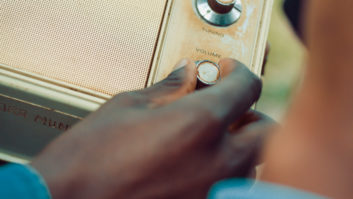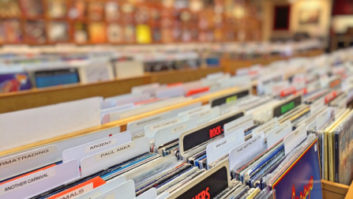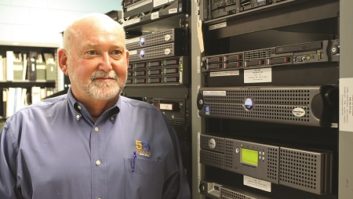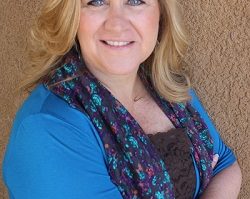The author is membership program director of the National Federation of Community Broadcasters. NFCB commentaries are featured regularly at www.radioworld.com.
The holiday season seems to bring many of us around to thoughts of far-away family. Memories of parents, grandparents and elderly neighbors almost universally prompt us to kick ourselves a bit. Mom was right: you should be checking in more.
Those holiday visits are a great metaphor for public and community radio’s bond with its listeners. Just like in our own lives, those people senior to us are influential, even if we are not thinking of them all the time. For radio, where growing audience is the never-ending quest, younger individuals become the gravitational pull for our attention. Yet our foundations come from those people we at times forget.
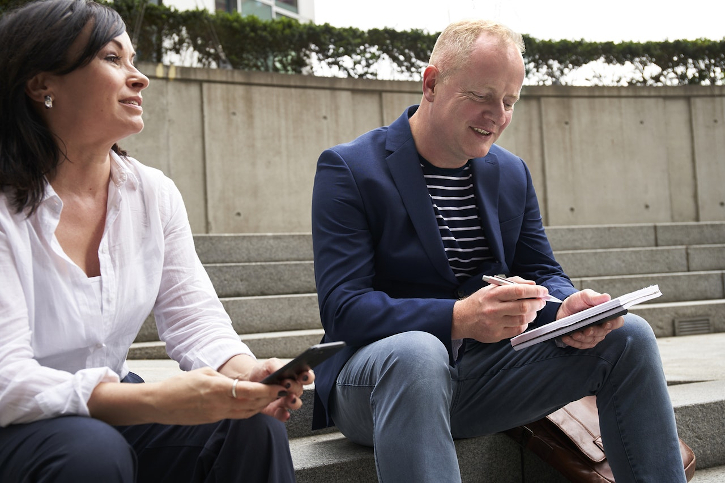
How can community radio lean in on its older demographic, while remaining inclusive of new, younger listeners?
To be clear, the legacy listener is here to stay — for now, at least. Dozens of surveys, going back years, have indicated that noncommercial radio trends toward older audiences. And though millennials and Generation Z are tuning in too, it is the 40-and-older group that tends to most often listen and donate.
[Read: Community Broadcaster: Will 2020 Elections Doom Radio Fundraising?]
Sensing the growth in older audiences, noncommercial stations do as much as they can to cater to these listeners. Tune in to virtually any community radio station and you will find programs spinning music from the 1990s, 1980s and earlier. Oldies and “classic” music shows are alive and well on community radio in cities across America. Current recently profiled a program positioning its pledge drive around healthy living for retirement aged Americans and beyond.
Such programming may be much more than just a niche or trend, however. Community and public radio listenership and giving is further complicated by the graying of the United States. With the number of Americans over 65 years of age closing in on 50 million, the country itself is at a cultural and political crossroads.
All this sounds like John Coltrane (read: AMAZING) if you are into public and community radio. However, due to the passage of time, the good times will not last. For nonprofits like community radio, dialogs about long-term sustainability and finding innovative ways to get new donors into the fold are ongoing conversations.
With its podcasts, NPR has tapped into the consciousness of younger listeners by delivering something timeless — relevant, insightful, interesting content — in a format the audience likes on a platform they love, smartphones. However, NPR continues to deliver the news and public affairs programming its traditional audience relies on and donates to see continue. This approach seems to be the model of the moment.
For some community radio stations, getting younger listeners is a big priority. But, before fracking their program schedules and putting on EDM, stations would benefit by examining that podcast model. Attracting new audiences is more than doing “something” (such as playing music that managers may assume is liked by these demographics) but about the entire exercise. Who are the hosts? Are they credible? How does the station listen to these new listeners? How is it building trust and relationships? Meanwhile, your station must also balance out the needs of your established donors. How are you messaging your efforts? How are you listening? How are you impressing upon the audience their value while presenting your vision for the station’s future?
This question of audience is a weighty one for noncommercial stations. It is heavy because of the many assumptions we make, especially of community radio, and perhaps ourselves. We want to welcome those youth who will be that station’s base in the coming years. We expect they are interested. Yet the long-time supporters need love too.



